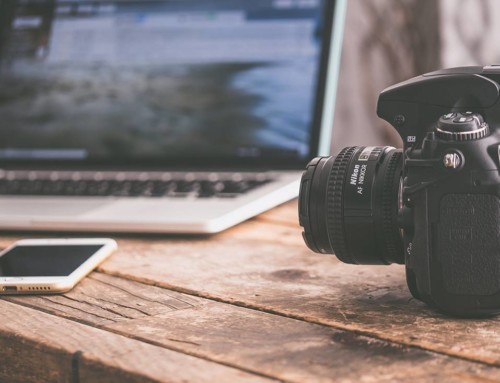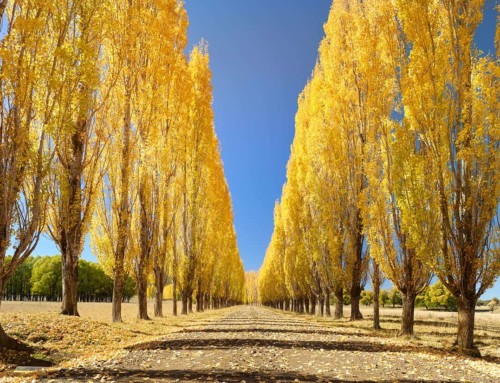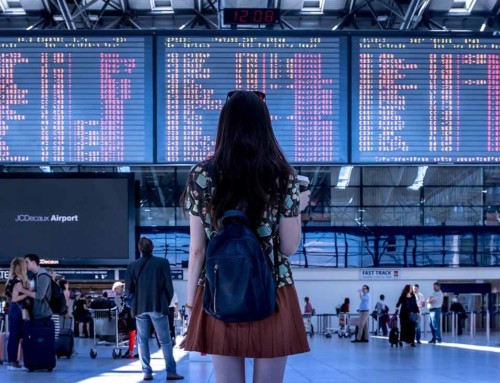Before a person becomes a photographer, they may think of photographs a certain way. It’s tempting to see them as simple records of something that existed or happened – an event, maybe, or even just the way the ocean looked on a particular day.
It’s even more tempting to think that there’s not much creativity involved – or at least not the same brand of creativity it takes to paint a picture or write a novel. Then that same person actually takes up photography and discovers that nothing could be further from the truth. Even so, too many photographers have difficulty making the jump from taking pictures to making pictures.
You Don’t Feel Your Pictures Convey Emotion
One of the most common complaints newer landscape photographers have about their own work is that nothing they’re doing really seems to sing. They don’t get the same “wow” feeling from their own stuff that they get when they thumb through a National Geographic or visit the photography wing at the museum.
That’s a sign that while your pictures could very well be on point technically, they aren’t conveying any true emotion. Fix it by actively thinking in emotions when you’re out on a shoot. Look around for scenes and subjects that aren’t just pretty, but that actually make you as the photographer feel something.
Then think about how you can use the light, your equipment, and your composition to capture that emotion on film. Look for ways you can tell the viewer a story about what you’re seeing.
Your Pictures Lack a Focal Point
When you’re out on location drinking in a positively breathtaking scene, it’s only natural to want to try to capture everything you’re seeing in front of you. The huge basin of sky over your head, the sprawling plains in front of you, all of the trees and mountains you might see out there on the horizon – people need to see this! So you try to get it all in the frame, you take a few shots… and then you wonder why the finished product lacks impact.
The fact of the matter is, sometimes you can best capture the magnitude and majesty of a given scene best by zeroing in on just a portion of it. All landscape photographs need focal points and dominant elements, so decide what yours will be for that particular shot.
What is the most important thing in the scene? Is it an actual object – an unusual looking tree or a cloud formation? Is it a color? A symbol or maybe just a shape? Whatever it is, find it and build your shot around that. Make sure everything else in the shot supports the focal point. If it doesn’t, leave it out. You’ll notice an immediate difference in how your photographs feel.
Although photography seems to be more about telling it like it is and recording things as they are, it actually has more in common with oil painting or watercolor than you might think at first. A camera really is just one more tool an artist can use to express himself.





